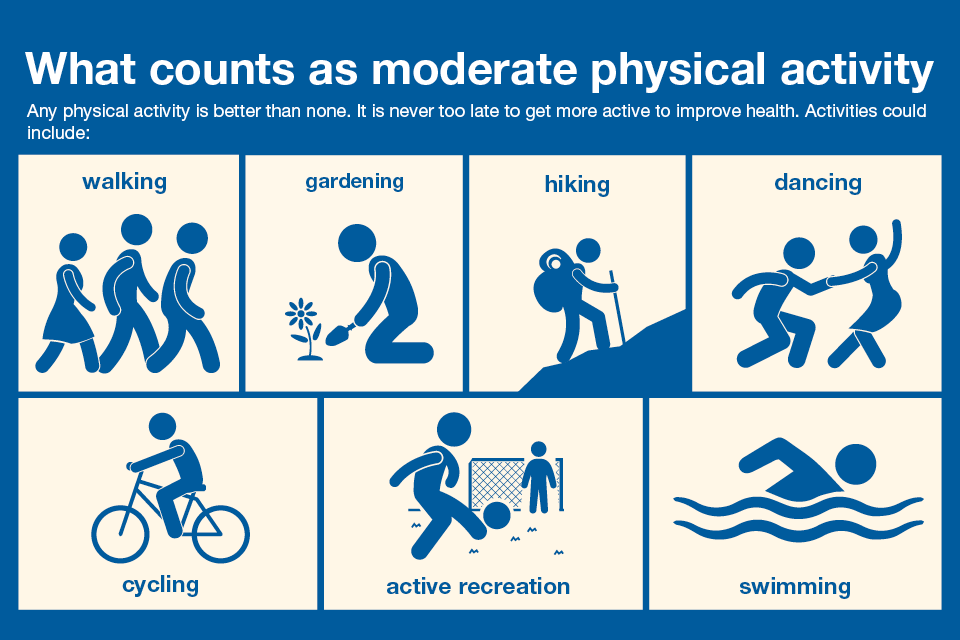
As we age, our bodies inevitably experience wear and tear, leading to potential issues like knee pain and instability. The phrase “one day your knees will buckle” serves as a stark reminder of the fragility of our joints and the importance of prioritizing knee health through exercise, proper nutrition, and preventative measures. This article will delve into the common causes of knee problems in aging individuals, explore effective strategies for preventing knee buckling, and highlight the crucial role of exercise and nutrition in maintaining strong and healthy knees.
This comprehensive guide will cover the factors contributing to knee pain and instability as we age, provide actionable steps to prevent knee buckling, emphasize the significance of regular exercise and a balanced diet for knee health, and outline preventative measures you can take to safeguard your joint well-being.
Knee Pain and Instability in Aging
Knee pain and instability are prevalent issues among older adults, often stemming from the natural wear and tear our joints endure over time. Cartilage, the cushioning tissue within our knees, gradually deteriorates with age, leading to increased friction between bones and causing discomfort. Additionally, weakened muscles surrounding the knee joint can contribute to instability, making it more susceptible to injury or buckling.
Several factors can exacerbate knee pain and instability in aging individuals. Obesity puts extra stress on knee joints, accelerating cartilage breakdown. Repetitive activities, such as running or climbing stairs, can also contribute to wear and tear. Underlying medical conditions like arthritis further complicate matters by causing inflammation and stiffness within the joint.
Recognizing the early signs of knee pain and instability is crucial for timely intervention and prevention of further damage. Persistent discomfort, swelling, stiffness, clicking or popping sounds, and difficulty with everyday activities such as walking or climbing stairs are all indicators that warrant attention from a healthcare professional.
Preventing Knee Buckling

Preventing knee buckling requires a multifaceted approach encompassing exercise, nutrition, and preventative measures. Strengthening the muscles surrounding the knee joint provides crucial support and stability, reducing the risk of buckling.
Targeted Exercises for Knee Strength
Incorporating specific exercises into your routine can significantly strengthen the muscles that support your knees. Squats, lunges, hamstring curls, and calf raises are all effective exercises for building knee-strengthening muscle mass.
Maintaining a Healthy Weight
Excess weight places undue stress on knee joints, increasing the likelihood of pain, instability, and buckling. Maintaining a healthy weight through diet and exercise is essential for reducing this strain and protecting your knees.
Importance of Exercise for Knee Health
Regular exercise plays a vital role in maintaining strong and healthy knees throughout life. It not only strengthens the muscles surrounding the joint but also improves flexibility, range of motion, and overall joint health.
Low-Impact Activities for Knee Support
Engaging in low-impact activities such as swimming, cycling, or walking is beneficial for knee health as they minimize stress on the joints while providing cardiovascular benefits. These exercises help improve circulation, reduce inflammation, and strengthen supporting muscles.
Nutrition for Strong Knees

A balanced diet rich in essential nutrients can contribute to strong and healthy knees.
Anti-Inflammatory Foods for Joint Health
Consuming anti-inflammatory foods such as fruits, vegetables, fatty fish, and nuts can help reduce joint pain and inflammation. These foods are packed with antioxidants and omega-3 fatty acids, which have been shown to benefit joint health.
Preventative Measures for Knee Health
Taking preventative measures throughout life can significantly reduce the risk of knee problems later on.
Proper Footwear and Support
Wearing supportive footwear that provides adequate cushioning and arch support is crucial for protecting your knees during daily activities. Avoid high heels or shoes with inadequate support, as they can strain the knee joint.
Conclusion
Prioritizing knee health is essential for maintaining mobility and an active lifestyle as we age. Understanding the factors contributing to knee pain and instability, adopting preventative measures, engaging in regular exercise, and nourishing your body with a balanced diet are all crucial steps in preventing “one day your knees will buckle.” By taking proactive steps today, you can safeguard your joint health and enjoy a more comfortable and active future.
